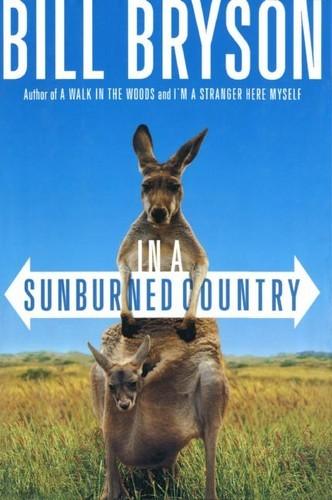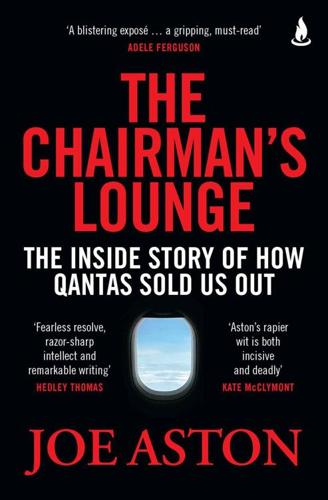Kangaroo Route
description: flight routes from Australia to United Kingdom via Eastern Hemisphere
3 results

In a Sunburned Country
by
Bill Bryson
Published 31 Aug 2000
The Super Constellations took three days to reach London and lacked the power or range to dodge most storms. When monsoons or cyclones were encountered, the pilots had no choice but to put on the seat belt signs and bounce through them. Even in normal conditions they flew at a height guaranteed to produce more or less constant turbulence. (Qantas called it, without evident irony, the Kangaroo Route.) It was, by any modern measure, an ordeal. So for nearly every immigrant throughout the 1950s, a trip to Australia meant a five-week sea cruise. Even now, of course, when you must allow yourself to be sealed into a winged canister for a full day in order to get there, Australia feels a long way away.

The Chairman's Lounge: The inside story of how Qantas sold us out
by
Joe Aston
Published 27 Oct 2024
Tony Webber was pinpointing what very few people had perceived: that in the battle with Qatar, Qantas was just a front, behind which loomed Emirates, the fourth-largest airline on earth.14 Sir Rod Eddington, a former CEO of Cathay Pacific, Ansett and British Airways, and who also served on the Qantas board, agrees: ‘Emirates was the major winner in keeping Qatar at bay. I don’t know the minutiae of the Qantas–Emirates joint service agreement but I have no doubt that Qantas is an economic beneficiary of Emirates’ success on the kangaroo route and it was very clear that for Emirates, more capacity for Qatar would have been a problem.’ Launched in 1994, nine years after Emirates, Qatar Airways had spent the pre-COVID decade growing explosively on Emirates’ doorstep. Compounding the aggravation, Qatar had for years exploited the United Arab Emirates’ open skies policy to operate nearly twenty daily short-haul flights between Dubai and Doha, effectively stealing Emirates passengers for its own network.

Aerotropolis
by
John D. Kasarda
and
Greg Lindsay
Published 2 Jan 2009
While His Highness spent $500 million on a new concourse at Dubai International and $650 million more on the spinnaker-shaped, skyline-defining Burj Al Arab, Clark and Flanagan acquired a handful of new 777s, twin-engine long-haul jumbo jets that fly farther on less fuel than 747s. Armed with these state-of-the-art aircraft, Emirates made it its mission to rewire the world’s paths from Point A to Point B. After it broke into Australia, for example, it pounced on the lucrative “kangaroo routes” linking the Antipodes to London. The cities are far enough apart that no aircraft can make it on a regular tank. There’s no reason why they shouldn’t lay over in Dubai, especially if Emirates could use its hub to lower costs and offer lower fares. This insight had enormous ramifications for strategy; any flight between two cities in the East and West that didn’t warrant its own nonstop—Milan-to-Tokyo, or Frankfurt-to-Bangkok—could connect via Dubai as easily as anywhere else, and should.